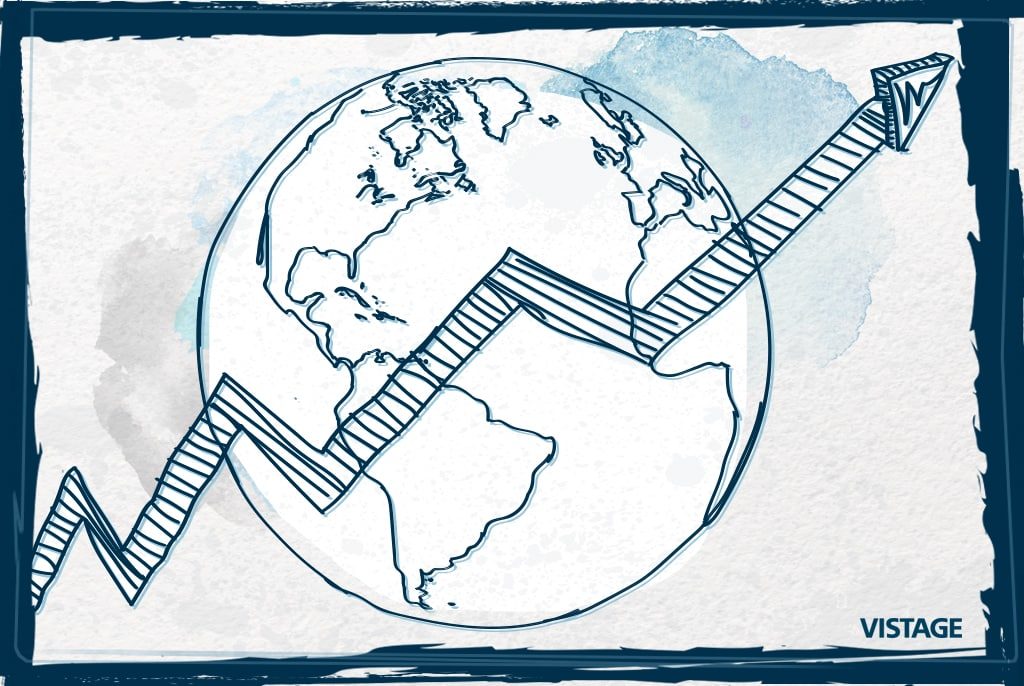5 Changes Driven by Sustainability and How to Manage Them

 Sustainability is the concept of managing an organization considering environmental, social, and a broad range of economic factors – and the external reporting on progress on all three “bottom lines. Many executives and entrepreneurs may not recognize “Sustainability” as it affects their organizations. Here are five changes involving some component of Sustainability, what can go wrong, and tips on making them opportunities.
Sustainability is the concept of managing an organization considering environmental, social, and a broad range of economic factors – and the external reporting on progress on all three “bottom lines. Many executives and entrepreneurs may not recognize “Sustainability” as it affects their organizations. Here are five changes involving some component of Sustainability, what can go wrong, and tips on making them opportunities.
1. Customers impose new requirements. Companies are “greening” their supply chain. They are imposing requirements for energy efficiency, social policies, fair wages, using recycled materials, and reporting of greenhouse gas emissions – to name a few. This is not just small, niche “eco-businesses” – it includes Wal-Mart and the U.S. Government. Organizations often slip these requirements into small sections of contract modifications, product or service specifications, or a questionnaire that may get lost in your marketing department. Customers will eventually ask for your progress in these areas; if you are lacking (or didn’t know you had to do anything!), you risk losing an important customer.
Tip: Review communications and requests from customers carefully. Look for requirements (or “requests” that are essentially requirements) that go beyond traditional quality, quantity, and product specifications. Provide suitable resources to develop systems, controls, and reporting parameters to meet these customer requests. Look for ways that you can exceed your competitors’ performance.
2. You change your suppliers. You may change suppliers to take advantage of lower costs, more convenient delivery, or other factors. What if your suppliers are then on the news for sourcing from a factory in Bangladesh that collapses? Or your supplier is offering lower costs because they do not have environmental management systems – and they have a big spill? Just as your customers are greening their supply chain, your own supply chain could cause problems if there are disruptions.
Tip: Establish criteria for non-financial criteria for your suppliers. Good signs include: publication of a Sustainability report; commitment to relevant industry- or issue-specific associations; or quick responses to questionnaires that you submit. Align your criteria with your business objectives, and the issues and risks that are relevant to you and your supplier.
3. There is a new regulatory requirement. In the last few years, there are many new regulations affecting issues ranging from energy efficiency to conflict minerals in products. The traditional approach to compliance with a new regulation is to perform a gap analysis, and develop compliance programs to meet the letter of the new regulation – and to do so in the nick of time. Individual regulations are often symptomatic of larger trends. Green building regulations are different in different cities and states. Chasing each compliance requirement individually results in multiple compliance efforts and excessive costs.
Tip: Consider new regulatory requirements in the broader context of issues and trends. Establish your organization’s standards in a way that meets this regulatory requirement – and will also meet others yet to come. Provide suitable resources to develop and support programs.
4. You create a new marketing theme to emphasize “green” benefits. You may jump on the bandwagon and create a product or service that offers “green” advantages. You may elect to participate in an eco-friendly program that offers a label for your product. These programs vary widely in terms of their rigor, cost and benefit. You could spend a considerable amount, and have nothing to show for it. If you make claims that are not supportable, you could run afoul of Federal Trade Commission Green Guide standards, or be targeted by your competitors for lawsuits. If customers believe you are green washing, this can result in lost sales and serious damage to your brand.
Tip: Before participating in any green product or labeling scheme, apply the same business analytical criteria (costs, benefits) that you would for any other business decisions. Demand full, supportable answers; if it doesn’t pencil out, don’t do it. If you are making claims of your own, make sure you have complete, reliable, relevant, and rigorous data and information to back it up. Develop systems to maintain this data and information for as long as you are making the “green” claim.
5. A competitor introduces a new, improved “green” product. A competitor may beat you to the punch, with a new product or service that attracts the market’s attention. You could suffer loss in sales. Your products or brand could appear stodgy and out of touch.
Tip: Use your industry skills to evaluate if your competitor’s claims are likely to be supportable. If they are wildly out of bounds, consider measures where you could confront them directly. Take the high road in emphasizing advantages of your own products and services that outperform the competitor’s green claims. And (see item above) develop a unique approach that offers distinct advantages of your organization, product, or service. (As noted in the item above, look before you leap.) Act fast, and build upon the awareness your competitor raised to take it to the next level and retain competitive advantage.
The tips seem simple enough, but they can be surprisingly difficult to do. Reach out to resources who understand the fast-paced world of Sustainability, business fundamentals, and who are results-oriented. And stay tuned – the changes will keep coming!
Category: Business Growth & Strategy Communication & Alignment Innovation Leadership
Tags:


Helpful advice Doug, a nice risk oversight piece for corporate boards on this topic as well.